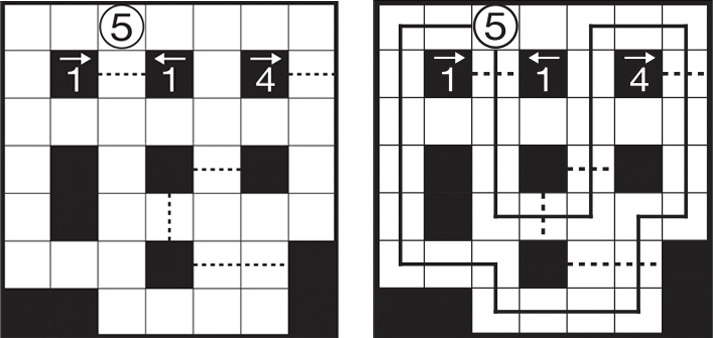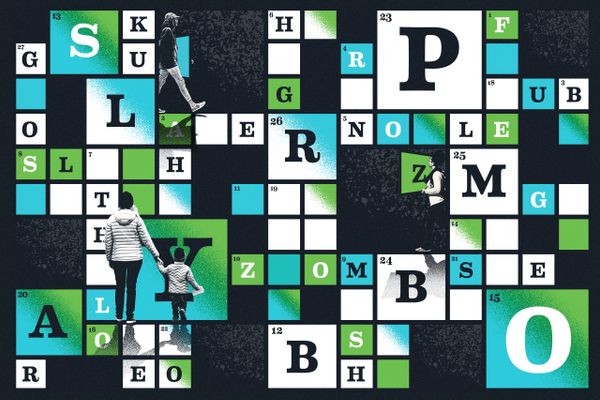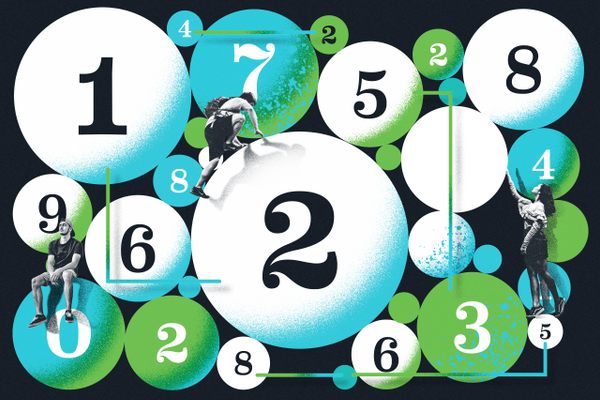
Puzzle Monday: It’s All Downhill
Among our crosswords and other puzzles, we’ll be featuring logic challenges from Puzzle Communication Nikoli, a cult-favorite puzzle publication from Japan. A PDF of the puzzle, as well as the solution, can be downloaded below.
Many of the challenges in Puzzle Communication Nikoli, the world’s most influential puzzle publication, involve drawing a long, looping line according to a simple set of directions. Well-known puzzles such as Slitherlink and Masyu are built on this concept, which makes it one of the magazine’s most varied mechanics, according to Nikoli president and puzzle editor Yoshinao Anpuku.
Where Slitherlink uses numbers and Masyu black and white symbols to dictate the path of the line, in Slalom (known as Suraromu in Japan), the inspiration comes from sports.
Puzzle creator Alkali Plant Manager (all of Nikoli’s puzzle are contributed by users who go by pen names) used the skiing event of the same name, in which skiers race through gates as they proceed down a hill, to establish the rules. It’s not unusual for sports to inspire Nikoli puzzles. Others include Herugolf, a kind of pencil-based mini-golf, and Ore-Succer, which includes elements of the beautiful game. And that’s not surprising, says Anpuku. Like Nikoli’s pencil puzzles, sports follow a series of basic rules (no touching the ball with your hands, put it in the goal), even if their rule books are long.

The trick with Slalom, which was created in 2006, is the addition of numbers that indicate the order you must pass through the gates—just because two gates are close together doesn’t mean you will pass through them in succession. In this way, the puzzle also reflects the sport of orienteering, which involves using a map and compass to navigate through checkpoints in unfamiliar terrain.
It took a while for Slalom to build a following in Nikoli’s pages, in part because of how much depth and variety the individual puzzles contain. Sometimes solvers must criss-cross the grid to get through the gates in the right order. In other cases they resemble puzzles, where the path creates a narrow corridor.
The goal of Slalom is to draw a single loop through all the gates on the puzzle grid—a loop that never crosses itself, branches off, or passes through the same cell twice.

- The loop begins and ends in the cell with the open numbered circle. The number indicates how many gates the entire loop must pass through.
- The dotted lines are the “gates.” The loop must pass all gates, but a gate can only be passed once. A single gate may span multiple cells—you should only pass through it once.
- Numbers in black cells at the ends of gates show where that gate falls within the path. For example, the gate marked “1” is first, and two more gates must be passed through before a gate marked “4.” Unmarked gates can be passed through at any time.

Stumped? Download the solutions!














Follow us on Twitter to get the latest on the world's hidden wonders.
Like us on Facebook to get the latest on the world's hidden wonders.
Follow us on Twitter Like us on Facebook